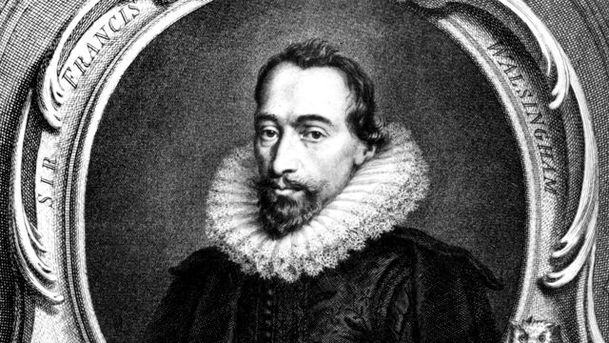Twenty Minutes - Eyeing the Spymaster

Poet Alison Brackenbury explores John de Critz's portrait in the National Portrait Gallery of Sir Francis Walsingham, whose writings composer Judith Bingham incorporated in her work See and keep silent. She responds to the famous spymaster with a new piece, illustrated by some of Walsingham's own writing, that reveals his importance and captures his character. Walsingham developed the subtle art of international espionage in the service of Elizabeth I. He was very successful, uncovering the Throckmorton and Babington Plots. He maintained contacts as far afield as Aleppo and pioneered 'secondary spying' - sending diplomats to one foreign court whose real purpose was to gain information not about that country's intentions but those of others who also had delegations there.